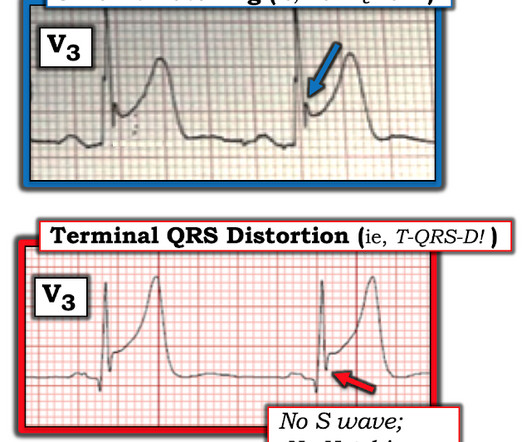Systematic approach to obtain axillary arterial access for pediatric heart catheterizations
Frontiers in Cardiovascular Medicine
JANUARY 30, 2024
We aimed ultrasound-guided punctures in the proximal two-thirds of axillary arteries with diameters ≥2 mm to insert 7 cm/4 Fr short introducers. Overall, 27/36 procedures were interventional, including 6 aortic valvuloplasties, 6 balloon angioplasties, and 15 stenting procedures. We administrated intra-arterial verapamil (1.25 mg)











Let's personalize your content